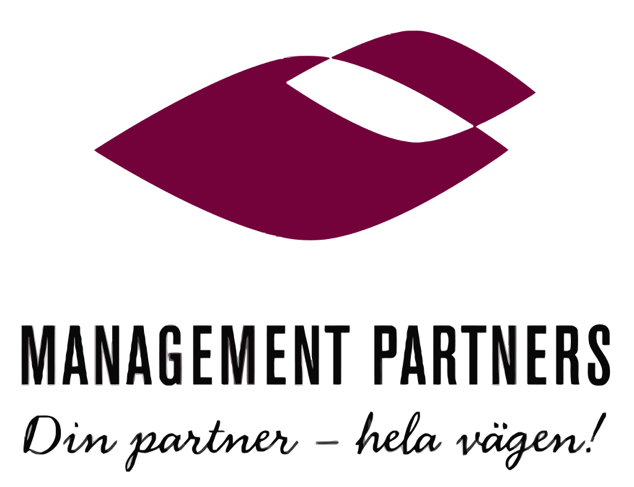REFERENCES
The challenge
Magcomp had to establish itself on a mature international market with new products based on research at Lunds University. A new CEO was to be appointed and the board needed to work more efficiently. Magcomp required a durable strategy for the future to focus operations towards a limited number of standardized products and concepts. In addition, it was necessary to obtain funding to start up production and logistics, and establish new cooperation with leading international companies.
The outcome
Today Magcomp has a very well reputed and professional board of directors. An experienced CEO has been recruited; one, who previously has established similar operations. A strategic plan is in place, which is gradually developing further. New capital has been injected twice and Magcomp has succeeded in attracting high-ranked venture-cap companies such as Industrifonden (Industrial Fund) and Sydsvensk Entreprenörsfond (Fund for Entrepreneurs in Southern Sweden). Through close cooperation we have gained a clear view of the needs of the customers and we enjoy excellent relations with many well reputed international companies. A first batch of production cells are installed and up and running. The concept can be emulated and implemented for production in low-cost countries. The operation is ISO 9001 certified.
The challenge
Inadequate maintenance and reinvestments had resulted in a huge need for real capital (for piping, drinking water plants, sanitary departments and domestic water systems) for this local company. Simultaneously, demands on the operation increased rapidly e.g. for quality of the drinking water, increased environmental demands and climate adaption. Moreover, it was difficult to attract sufficient competence. Ten years of local investigation and analysis had not led to any decision to make a needed fusion and the creation of a new company. The recruitment of a new CEO had failed because the proposed candidates lacked experience in start-up operations. Leadership in the existing organisations was questionable.
The outcome
An interim CEO was hired for a period of 25 months. This CEO managed and developed the company in line with the extensive legislation concerning utilities. Today, it is a modern company, where the terms of cooperation with all relevant partners (politicians and civil servants in the municipalities concerned) has been made much more efficient. The operation has been certified in accordance with ISO 9001, 14001 and REVAQ. After one year the CEO initiated and carried through a fusion with one additional Water & Sewage enterprise. The CEO was also given the task by the board to head-hunt a new CEO. A project leader was subsequently hired for seven month. In all respects, the previously hollow company was brought up to full operational capacity in such a way that all staff and the Water & Sewage enterprises from five municipalities could be fully taken over and integrated.
The challenge
The port of Helsingborg is owned by the City of Helsingborg and has over 230 employees. The port handles 8 million tons of goods per year and operates around the clock, every day of the year. With no less than 33 644 dockings during 2011, mostly ferries. The port is a vital port for export and import to Sweden. There was a lack of trust between the company and other functions in the city, as the ambitions of the company and the city did not correspond. With the aid of consultants the owner had carried out analyses that inflicted severe deficiencies in the finance management as well in business practice. Many business segments were not profitable, while also the strategy for the future was vague. The Company had an ongoing conflict with its biggest customer and the owners had decided to fire the CEO.
The outcome
An interim CEO was hired who reshaped the organisation and the management team from a functional organisation to one where responsibility for the result is delegated. Leadership was developed and a new CFO was hired. The financial management was changed from a general follow up to tracking the more relevant factors such as arrivals, customer segment and profitability. Financially, focus increased on profitability in every respect of the business. A functioning internal communication system was established between employees and trade unions as well as the owner and the other branches of the city administration, companies and projects. This was first and foremost done to create a sense of urgency. The comprehensive long lasting conflict with the largest customer has been resolved.





